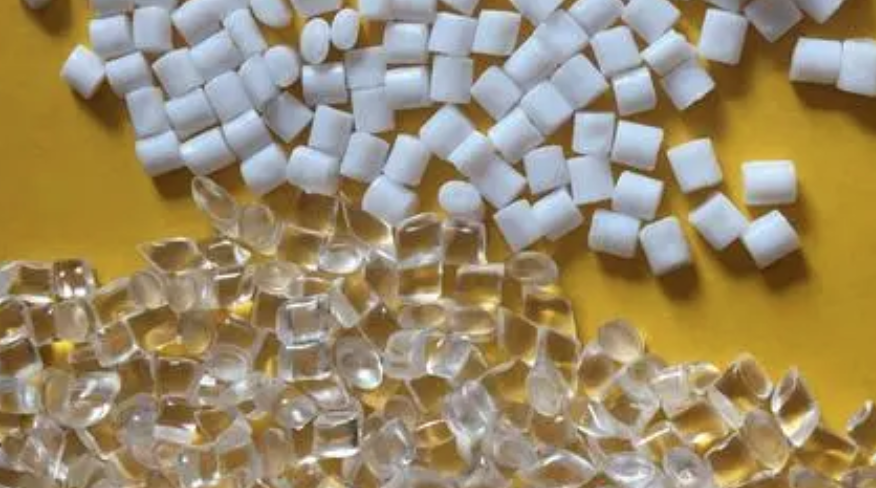google-site-verification: google0228a1feb97d321e.html
google-site-verification: google0228a1feb97d321e.html
google-site-verification: google0228a1feb97d321e.html
google-site-verification: google0228a1feb97d321e.html
google-site-verification: google0228a1feb97d321e.html
google-site-verification: google0228a1feb97d321e.html
PET film spraying process - film coating - YMUS ultrasonic spraying
polyethylene terephthalate, also known as Polyester, is English name polyethylene terephthalate(PET). PET is a milky white or yellowish, highly crystalline polymer with a smooth, glossy surface. It has excellent physical and mechanical properties in a wide temperature range, and the long-term use temperature can reach 120℃. It has excellent electrical insulation. Even at high temperature and high frequency, its electrical properties are still good, but its corona resistance is poor, creep resistance, fatigue resistance, friction resistance and dimensional stability are good.

Note:Polyester PET material
General requirements of optical film substrate should be apparent flat without defects, high gloss and transmittance, low fog, coating performance, etc. However, if the surface of the substrate is flat and without defects, there are fewer active points of contact between the coating and the surface of the membrane substrate, resulting in the coating liquid is not easy to penetrate and it is difficult to form adsorption. If the substrate glossiness and transmittance are high, the substrate surface roughness is low, resulting in less bonding points between the coating liquid and the membrane substrate surface. At the same time, PET polyester film itself has the characteristics, such as the PET film surface crystal highly oriented, resulting in coating molecules difficult to penetrate into the PET film, but also make it difficult to form a good interface bonding with the coating. Therefore, in the preparation of PET optical film, solving the interface bonding problem between substrate film and coating becomes another important direction of optical film research.
YMUS ultrasonic spraying technology to prepare high quality PET film. During the spraying process, the solution is transferred to the atomizing nozzle through the YMUS ultrasonic dispersing syringe, and atomized into micron-scale tiny droplets by high-frequency vibration in the nozzle. Then, under compressed air, tiny droplets are deposited evenly on the substrate. The droplets remain below the nozzle and coalesce to form an ultra-thin, wet coating film. The wet film is driven by the vacuum adsorption heating platform, and the solvent evaporates to form a dry solid film. In order to prepare the final ultra-thin dielectric film, the dry film should be further heat treated to remove the residual solvent. In ultrasonic spraying technology, a uniform wetting layer is a prerequisite for the formation of continuous high-quality organic films.